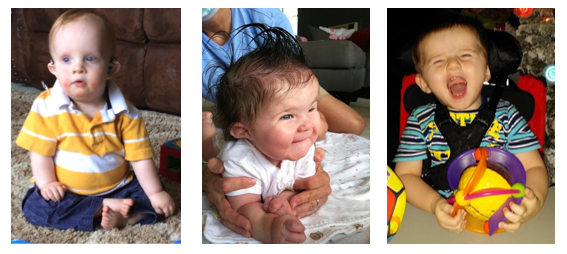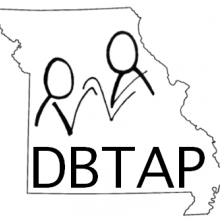Self-Assessment Guide Stories
Increasing the number of infants and toddlers who are identified and referred to their state deafblind projects is no small task, but projects that have used the Early Identification and Referral Self-Assessment Guide (SAG) have found it can be done.
The stories featured here highlight successes of state deafblind projects that, by using the SAG and an associated action-planning process, were able to establish relationships with systems responsible for early identification of children with disabilities in their states and develop clear processes for identification and referral. As a result, they boosted the number of children on their registries.
We hope these stories will help you think about ways you can focus child-find efforts in your state.

Missouri
- Identified Part C as the system to address (this was aligned with advice from the project’s advisory board)
- Action plan focused on:
- Improved messaging regarding the benefits of referral to their state project
- Standardizing materials and procedures and obtaining feedback on all materials from Part C coordinators
- Giving annual presentations to Part C regional directors

Vermont
- Identified Part C as the system with the most potential for positive impact
- Action plan focused on:
- Building rapport and credibility
- Expanding their project’s value to Part C beyond deafblindness
- Refining messaging

Tennessee
- Replicated efforts that were successful in one area of the state to the entire Part C regional system (Tennessee Early Intervention System)
- Action plan focused on:
- Building rapport and credibility with Part C administrators and service providers
- Providing training throughout the state
- Connecting directly with regional administrators
